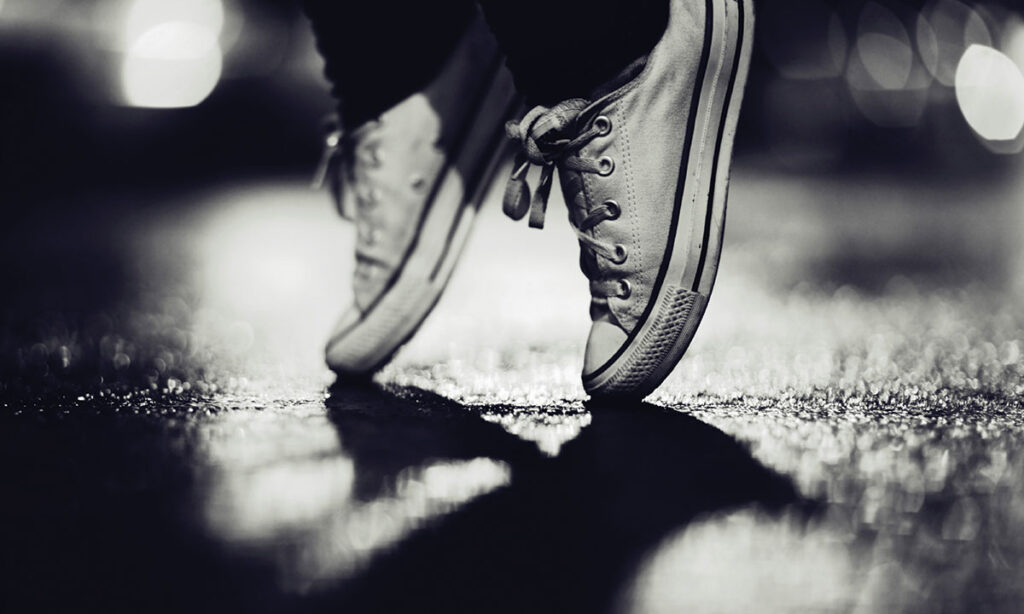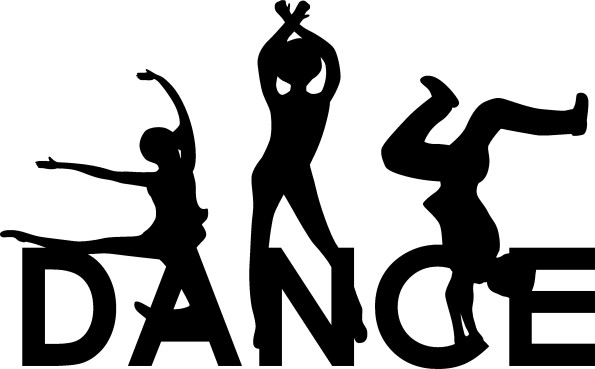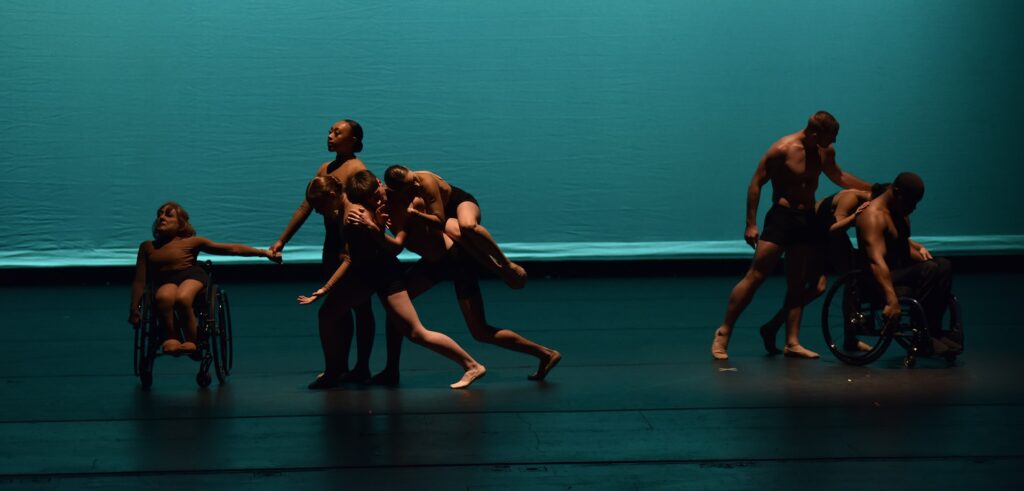
Sometimes it’s just good to tap into origins. To connect to how something began before it explodes and flowers into something grand. Harvest Chicago Contemporary Dance Festival (HCCDF) held a lot of that kind of wonder. An annual dance festival featuring companies from across the country, with a concentration of those from Illinois, it offers something very rare. Dance that is adventurous, occasionally daring, remarkably creative and not always as polished as you’d expect. That absence of consistent perfection in this environment is not a hindrance. It just means a dance company is still sharpening its skills and galvanizing its techniques. At HCCDF, execution never detracted from the message a dance was trying to convey. Made up mostly of dance troupes that haven’t yet reached widespread acclaim, there is a purity in these performances that somehow eludes better known dance ensembles. It’s that freshness and the variety of dance styles presented that help make HCCDF an incontestable treasure.
Place helps, too. Dance possesses an intimacy that lends itself to up-close scrutiny. That’s why the size of its stage and the closeness of the audience to the dance floor make Ruth Page Center for the Arts an ideal venue for displaying the art of movement. The barrier of distance disappears, making it much easier for onlookers to see what dancers are telegraphing with their faces as well as with their bodies. That advantage alone makes dance performances at the theater immensely more impactful and rewarding. Of course, there can be trade-offs. Here there is no curtain to signal transition or elaborate lighting to enhance the atmosphere of a dance. But sometimes simplicity, at least from the audience’s point of view, can be an asset.
Spread over two weekends and featuring sixteen contemporary dance companies, the festival clearly wanted to share how broad and encompassing the contemporary dance umbrella has become in the United States. The number of interpretations seen on the last night of the festival could only be called stunning.
With Following Omens, Joel Hall Dancers set a scene of sorcery, ritual and witchcraft in the opening dance. Dressed in gauzy robes and enlisting the art of puppetry, seven dancers seemed to tell a story of change and renewal. Austere and enigmatic, the dance’s intensity gave it its energy. Appreciating the dance’s atmosphere came easy; but unlocking its message proved more challenging.

Mordine and Company Dance Theater’s duet with Danielle Gilmore and Melissa Pillarella altered the narrative in To: and From:. They opened their piece the same way they closed it, in silence. Throughout the work, their bodies glided over the stage in synchronized union. Graceful and enigmatic, the dance’s musical bedrock, once it was introduced, would come to define it and give the two women’s movements a comfortably fitting framework. Using music from the Chieftains, the dance connected the sounds of the Far East to those of Ireland through a work that admirably blended two radically different worlds.
Over the course of the evening, the disposition of one company would occasionally resemble that of another’s. In The Witching Hour, the five members of J. Lindsay Brown Dance took on a weighty topic and turned it on its head. The fragility of young people’s self-esteem is a major concern these days. But with music and spoken word by Brown and collaborator Kevin MacLeod, it’s darkness was muted. Radiating innocent wholesomeness, young female dancer’s filled the stage dressed in bright yellow skirts and wearing big welcoming smiles. A warm voiced radio host provided sonic background as she answered callers who were maligning themselves. One declared no one liked them. Another confessed to being “incredibly lazy”. In cheery voices, they all made their proclamations of self-loathing. The contrast between what you saw and the words you listened to was jolting and left many at a loss about how to react. A provocative and gutsy piece, The Witching Hour gave vent to the intrepid side of dance.
Project Bound had similar bubble and vivacity, but their focus was more on pure entertainment. Choreographed to the surging future gazing sounds of The Comet is Coming’s Final Eclipse, the whirl of movement Ashley Deran and Emily Loar created in Carry Me was a delight to the eye. The company’s eight dancers brought to the table charisma, fun and skill; making their segment as pleasing as it was bracing.

Leaving a lasting impression seemed to have been on the minds Marquez Dance Project, too. Conceived and developed by Jennifer Sandoval Eccher, one of the two dancers in their offering, Polarity morphed from one thing into another. Initially, the work was more performance art than dance as a solitary individual sat majestically enveloped in a billowing red robe. Only the hands and arms moved with the rhythmic grace we in the west associate with the Indian subcontinent. Subtly, another pair of arms extended from the robe and inevitably another person appeared as well. The two performers would eventually separate while the music shifted from mysticism to ecstatic European rock. The bulk of the dance, mostly confined to just one dancer, was wild, frenetic and free; making the composite piece both brazen and immensely imaginative.
Order, serenity and poise arrived from the air. The Aerial Dance Chicago adds aerial gymnastics to contemporary floor dance to show how the grace of dance looks when released from gravity. Soothing, reflective and elegant, Deep Equilibrium was it own kind of oasis in HCCDF’s churning creative sea.
Coming from similar branches of contemporary dance, two other companies handsomely complemented one another on the last night of the festival. An affiliate of the august Giordano Dance Chicago (GDC), Giordano II is filled with dancers on the cusp of broader professional recognition. Renowned for their peerless execution of jazz dance, GDC is hailed for its energy, precision and swag. In External, choreographed by Joshua Blake Carter, Giordano II proved how well equipped it is to be a branch of the majestic Giordano tree.
At only six years old, the company closing the festival is more than ready for prime time. Talent, ability and creative vision oozed out of every component of South Chicago Dance Theatre’s HYbr:ID Line. Music, costumes, choreography and execution meshed so smoothly and perfectly that they cast a spell over audience. Having choreographed the dance and designed the costumes, Ron de Jesus can take credit for the influence of two of those achievements. The dancers deserve the rest for realizing de Jesus’s vision so stunningly. Dramatic and high stakes, the dance called for exacting technique and speed. This cast of dancers made both look effortless and emphatically beautiful.
Harvest Chicago Contemporary Dance Festival
September 23 & 24th
September 30 & October 1
Ruth Page Center for the Arts
Chicago
www.hccdf.com